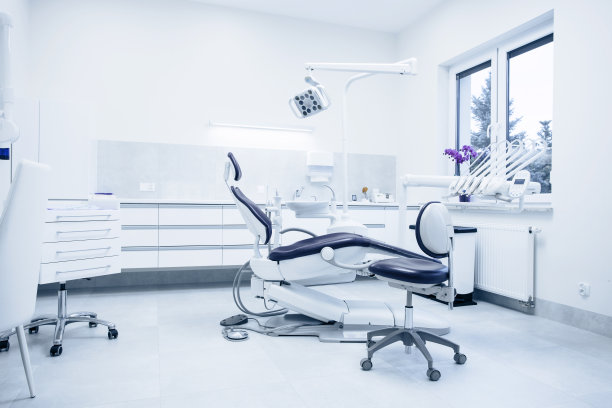The Essential Guide to Pain-Free Tooth Extraction and Aftercare Tips for a Smooth Recovery Process
Summary: Tooth extraction can be a daunting experience for many, but understanding the process can alleviate anxiety and lead to a smoother recovery. This guide offers essential tips on how to approach pain-free tooth extraction along with effective aftercare strategies to ensure optimal healing. From preparing for the procedure to what to expect during recovery, this article provides valuable insights for a stress-free experience. By following these guidelines, patients can navigate the challenges of tooth extraction with confidence, promoting better oral health and peace of mind.
1. Preparing for a Pain-Free Tooth Extraction

Preparation is crucial for ensuring a pain-free tooth extraction experience. Before the procedure, scheduling a consultation with your dentist is essential. They will conduct a thorough examination of your dental and medical history, as well as imaging scans to determine the best approach for your extraction. This preparatory step allows you to discuss any concerns and understand the procedure better, which can help alleviate anxiety.
Next, its vital to follow your dentists instructions regarding dietary restrictions and medication intake. For instance, you may be advised to avoid certain foods and drinks before the procedure. Additionally, inform your dentist of any medications or supplements you take, as some might interact negatively with anesthesia or affect blood clotting.
Cultivating a relaxed mindset also plays a significant role in reducing anxiety. Techniques such as deep breathing exercises, meditation, or even listening to soothing music can make you feel more at ease before your appointment. The more relaxed you are, the less tension will build up in your body, facilitating a smoother extraction process.
2. Understanding the Tooth Extraction Process
The tooth extraction process can vary significantly based on the tooths condition and the complexity of the removal. Generally, the procedure begins with the administration of local anesthesia, ensuring the area around the tooth is numb. For individuals with higher anxiety levels or for more complicated extractions, sedation may be offered to help them relax during the procedure.
Once the anesthesia takes effect, the dentist will carefully loosen the tooth using specific dental instruments before gently removing it from its socket. Understanding what happens during this step can demystify the procedure and minimize feelings of fear or apprehension.
After the extraction, the dentist will provide you with gauze to help manage bleeding. Its essential to bite down gently on the gauze for the recommended amount of time, as this aids in the formation of a blood clot, protecting the extraction site and facilitating healing.
3. Effective Aftercare for Smooth Recovery
Post-extraction care is critical for promoting a swift recovery. Immediately after the procedure, avoid rinsing or spitting forcefully to prevent dislodging the blood clot. Instead, let the gauze remain in place for the advised duration. After taking it out, gentle rinsing with warm salt water can help keep the extraction site clean.
Maintaining a soft food diet for the initial few days is advisable. Foods like yogurt, mashed potatoes, and smoothies are easy on the mouth and do not require much chewing, reducing the risk of irritation to the extraction site.
Additionally, staying hydrated and resting adequately supports your overall healing process. Adequate hydration is crucial for tissue repair, while rest allows your body to focus on recovery. Avoid strenuous activities that may pose additional stress during the healing phase.
4. Recognizing Signs of Complications
Its essential to be aware of signs that may indicate complications following a tooth extraction. While some discomfort is normal, excessive or increasing pain can be a sign of infection or other issues. Similarly, prolonged bleeding after the initial post-operative period should be reported to your dentist promptly.
Monitoring for swelling, redness, or fever can also provide insights into your recovery. If you encounter any of these symptoms, its crucial to reach out to your healthcare provider without delay. Early intervention can prevent further complications and ensure a smoother recovery.
Lastly, maintaining follow-up appointments with your dentist is vital. These check-ups allow for assessments of the healing process and early detection of any emerging issues. Regular communication with your dental care provider helps you feel supported and informed throughout your recovery journey.
Summary:
In conclusion, understanding the essentials of a pain-free tooth extraction process, from preparation to aftercare, can alleviate anxiety and promote a smoother recovery. Planning ahead, staying informed, and recognizing potential complications are all vital components of a successful dental experience. Taking these steps not only enhances your comfort but also ensures optimal healing.
This article is compiled by Vickong Dental and the content is for reference only.


